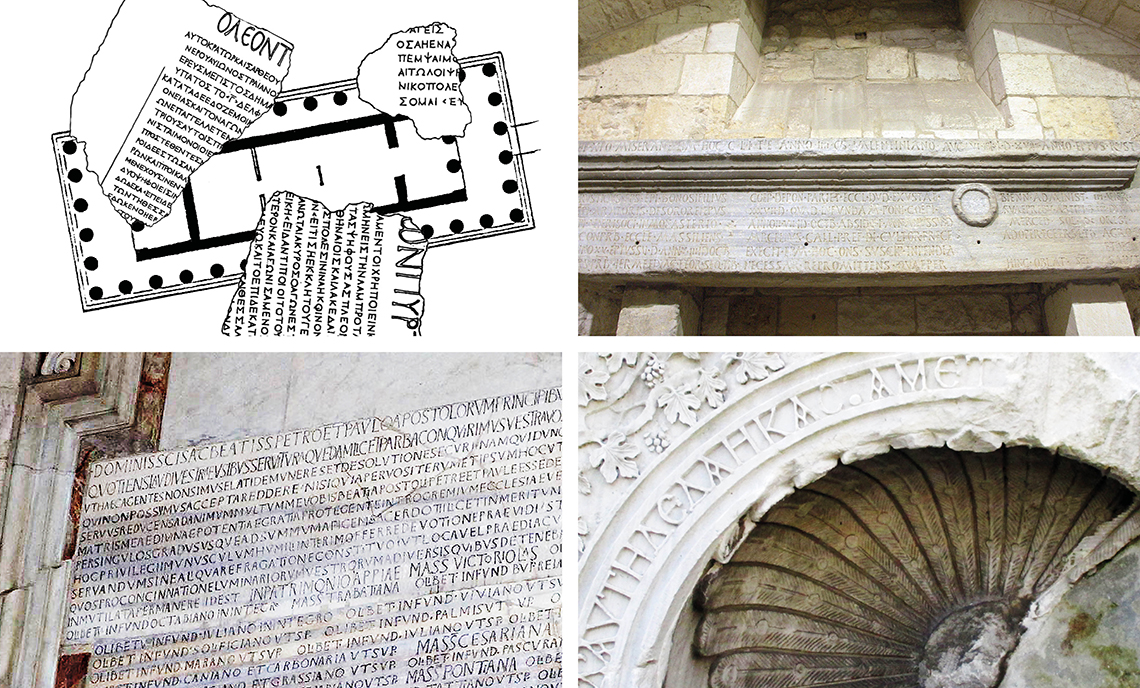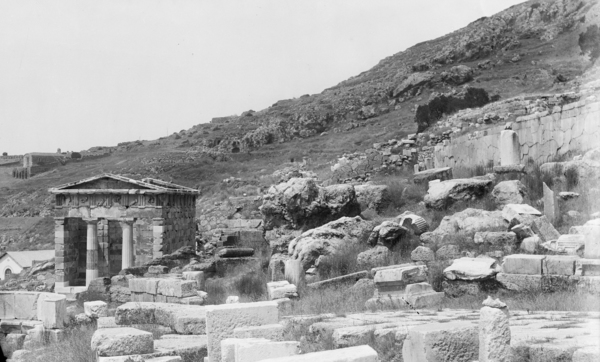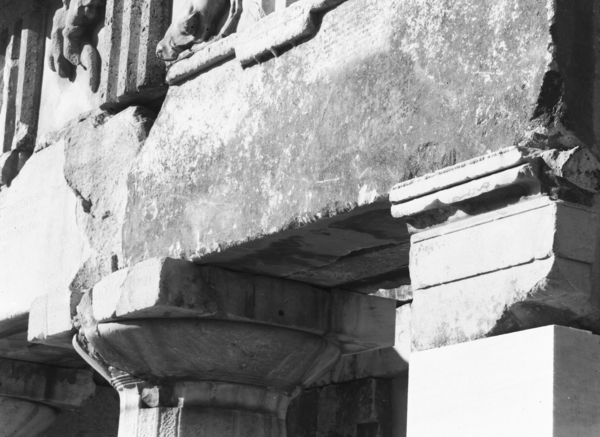A01 |
Lettered and Inscribed. Inscriptions in Urban Space in the Greco-Roman Period and Middle Ages |
|
| UP1
|
The Presence of Inscriptions in Greek Sanctuaries: Evoking the Polis Through Epigraphic Display |
current staff members
| Teilprojektleiterin | Anna Sitz, PhD |
| akademischer Mitarbeiter | Banban Wang |

Griechische Tempel üben mit ihrer imposanten Architektur, der oft spektakulären Umgebung und ihrer Dichte an Inschriften und Statuen seit jeher eine besondere Faszination aus. Die Heiligtümer dienten den Ritualen der griechischen Religion: Opfer, Feste, athletische Wettkämpfe, Heilungen, Orakel und Widmungen fanden hier statt. Derartige Praktiken verbanden die Griechen mit ihren Göttern, mit den Mitgliedern ihrer Polis (Stadt) und mit der breiteren panhellenischen Gemeinschaft. Viele der Aktivitäten sind in Inschriften auf Marmorstelen, Statuenbasen, Altären und Gebäuden in den Heiligtümern attestiert. Hinsichtlich ihres Informationsgehalts zu kultischen Praktiken sind diese Texte gründlich untersucht; die Gründe jedoch, warum die Inschriften in den überfüllten Räumen griechischer Heiligtümer platziert wurden, sind bisher kaum beleuchtet worden.


Durch die Untersuchung von Inschriften aus gut dokumentierten griechischen Heiligtümern wird A01 UP1 die Praxeologie der Inszenierung dieser Texte von der archaischen bis in die römische Zeit erhellen. Betrachtet werden dabei die Standorte von Inschriften, ihre Größe und andere visuelle Aspekte (z.B. regionale Buchstabenformen), Methoden des Hervorhebens bestimmter Texte (z.B. durch architektonische Einrahmungen) und die Konkurrenz oder Synergien zwischen Inschriften aus verschiedenen Perioden. UP1 nimmt dabei auch die Akteure hinter der Produktion und Platzierung der Schriften in den Blick und untersucht, wie sowohl einzelne Personen als auch Poleis (Städte) die städtische Identität durch die Sichtbarkeit und Platzierung von Inschriften prägten. Ziel des Projekts ist es, unser Verständnis davon zu verbessern, wie die antiken Griechen Inschriften benutzten, um heilige Räume im Zentrum städtischen Lebens zu formen.
Bezug zum SFB-Programm/Vernetzung
- Das Projekt führt die Forschung von A01 UP1 aus den ersten beiden Förderphasen fort. In der ersten Phase wurde die epigraphische Kultur der öffentlichen Räume Athens untersucht; die zweite Phase war der Bedeutung von Text-Monumenten in der Projektion städtischer Identität im antiken Kleinasien gewidmet. Die weiteren Unterprojekte von A01, die sich auf Inschriften im Mittelmeerraum der Spät- und Nachantike konzentrieren, ermöglichen es, Veränderungen dieser Praxis während der allmählichen Christianisierung der Region zu dokumentieren.
- Geplant ist ein Workshop mit Teilprojekt A10 zu Inschriften und dem Konzept des heiligen Raums im antiken Griechenland.
- Eine gemeinsame Konferenz mit den Teilprojekten A02 und A09 soll die Gründe für die Wiederverwendung alter, bereits beschrifteter Materialien für neue Inschriften beleuchten.


